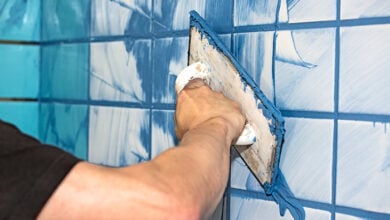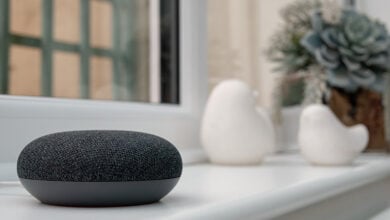How to make your home wheelchair accessible
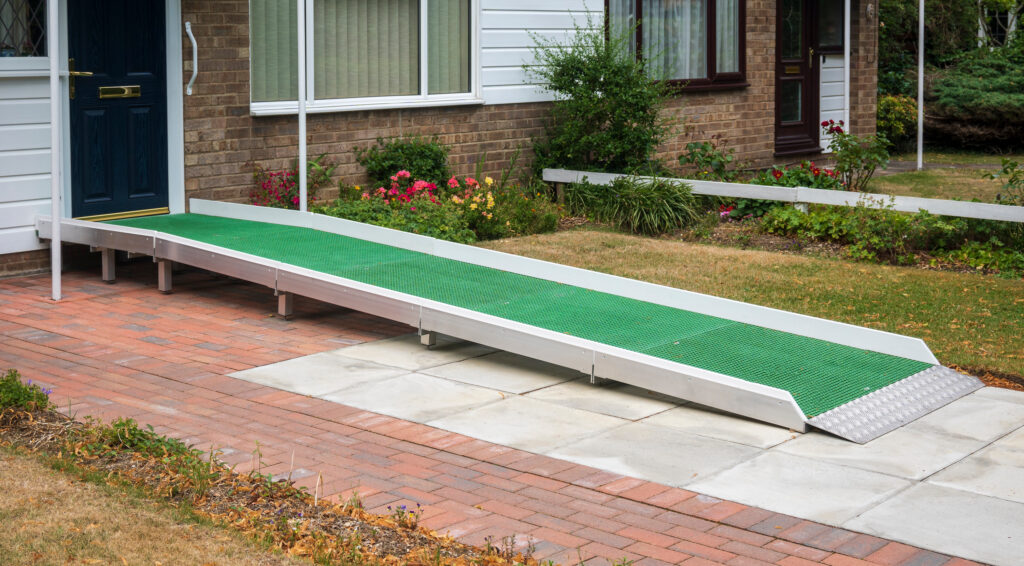
Most homes aren’t built to incorporate the needs of wheelchair users. Standard doors aren’t wide enough, bathrooms don’t come with handrails, and steps don’t have ramps.
As a result, this blog aims to help homeowners who are looking to make their non-accessible property more wheelchair friendly by outlining the main areas to renovate in order to ensure your home is safe to navigate in a wheelchair.
Doors, hallways and stairs
For a wheelchair to pass through a doorway, it should be a minimum of 32” wide (36” wide to pass through comfortably). However, many standard residential doorways are under 30”, so you may need to widen your doorways to make them accessible for a wheelchair user.
Thresholds can also be tricky for wheelchair users, as they need to build momentum in order to get over the threshold, and this can cause injuries or added strain. Reducing the height of thresholds or replacing them with cushioned ones can help minimise this problem.
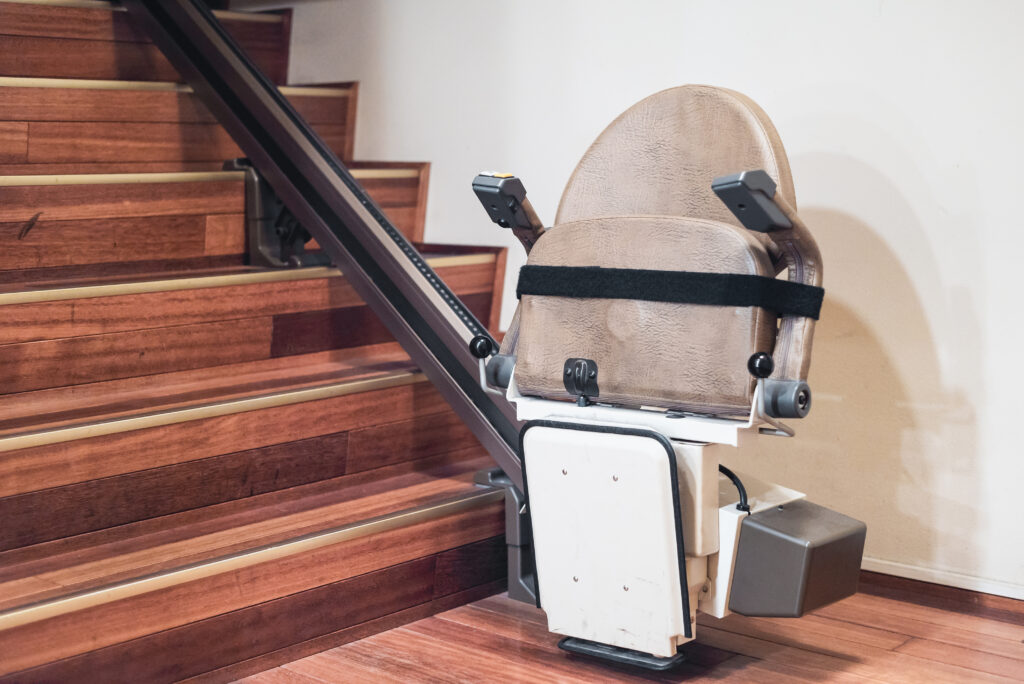
As with all doors around your house, you might want to consider getting door handles that are wheelchair user friendly, since doorknobs are difficult to use for those with muscle atrophy. Lever style door handles are the best option, especially when they are lowered for a wheelchair user. To make things even easier, you can also consider getting automatic doors installed, which completely remove the need for handles that might be tricky to navigate with mobility problems.
If your home has stairs, then you will need to install a staircase lift to help the wheelchair user access the upstairs area. Staircase lifts come in a range of models, and can accommodate a lot of different types of staircases, so don’t worry if yours has lots of bends or is very steep. If you have steps going up to your home or inside of it, then ramps are the best way to help a wheelchair user move around.
You might also want to clear your hallways of any obstacles, including shoe racks and side tables, especially if your hallways are narrow, as this will further help the wheelchair user navigate their way around the house.
Bathrooms
Standard bathrooms are not designed with wheelchair access in mind. In fact, retrofitting a wheelchair friendly bathroom can sometimes be tricky, with potential plumbing changes if there are immovable barriers in your bathroom.
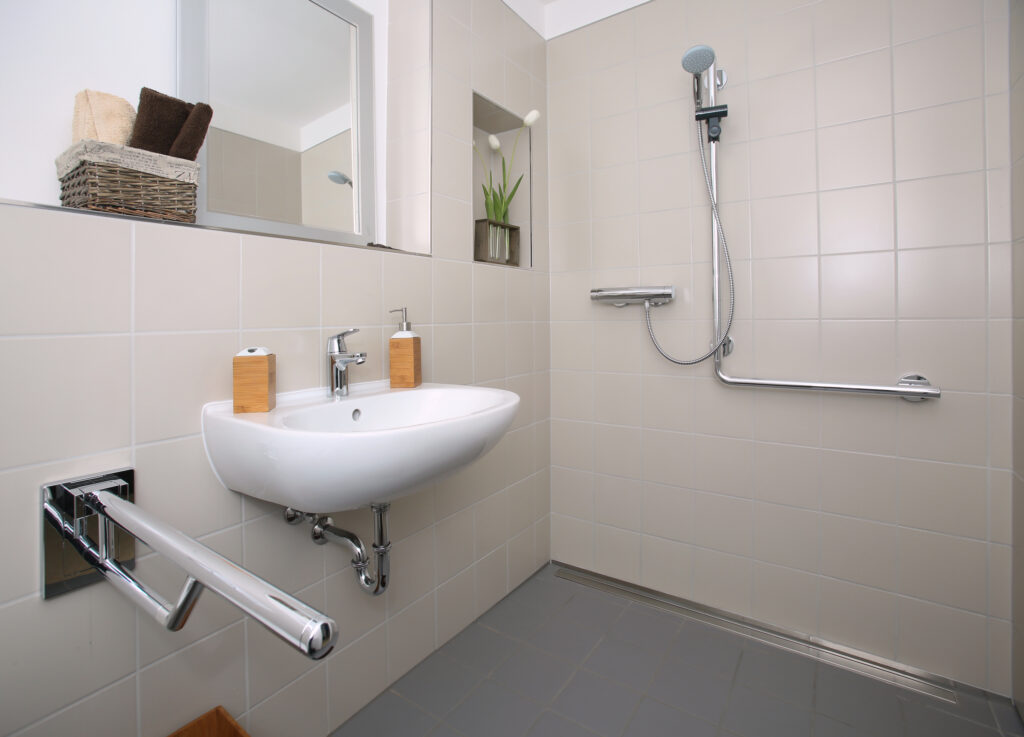
For a wheelchair user to be able to turn 360 degrees, your bathroom needs to be at least 59”, or 1500mm. Bigger bathrooms are easier to remodel for a wheelchair, though you should still be able to make a small bathroom accessible, despite the obstacles.
When it comes to toilets, 17-19” is considered a comfortable height to allow for easy movement to and from a wheelchair. In order to turn your toilet into a wheelchair friendly one, you could consider buying a taller toilet, or a wall mounted toilet that you can have installed at your chosen height. Toilets with an elevated base are also good here, as are plastic seat inserts that raise the overall height of the toilet.
It’s also recommended that you install two grab bars on either side of the toilet, no further than 36” apart. Try and accommodate as much space as possible around the toilet to make it easier for the wheelchair user to transfer to the toilet and back in their chair.
If the shower you already have is accessible (at least 36”), then you can modify it for a wheelchair user by adding a shower seat and grab bars to allow for safe movement around the shower. In some cases, you might have to reinforce the wall around the grab bars. The floor of the shower should be a non-slip, textured surface. Ideally, opt for a handheld shower head, and have towels and other personal items stored nearby.
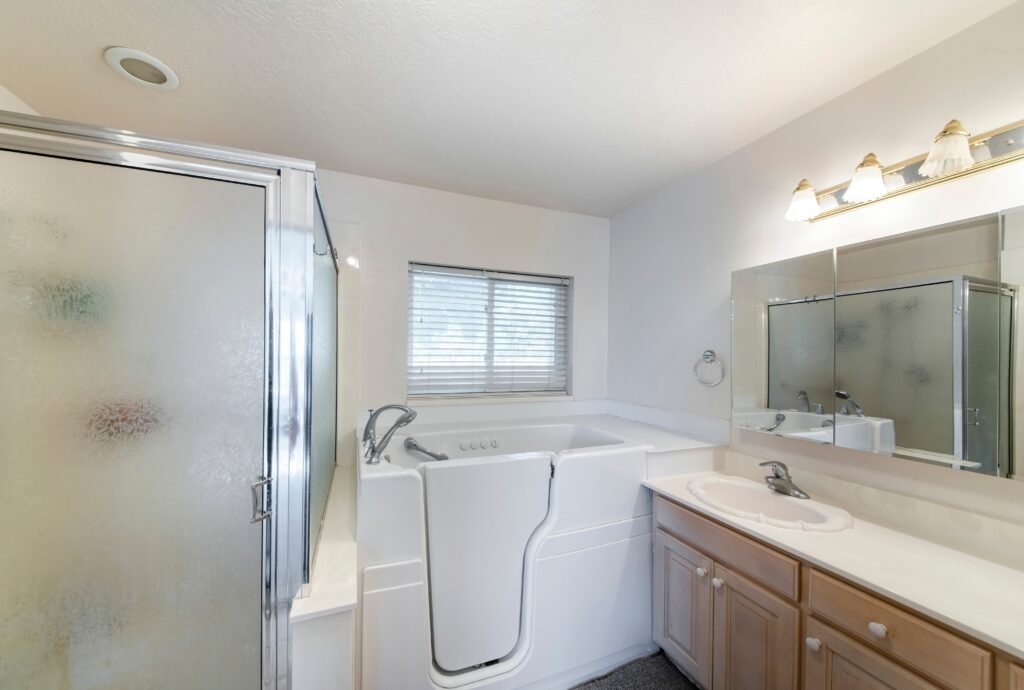
If you have space for a bathtub, then a walk-in tub is the best option, allowing the wheelchair user to enter the bathtub without having to climb over the side.
The bathroom sink needs to have enough space underneath it to allow the wheelchair user to fit their legs underneath and get close enough to the sink (at least 27” is recommended). Hands-free or single lever faucets are preferable, as are side-mounted ones. You might also want to consider faucets with sensors.
Lastly, make sure your hand towels are at wheelchair height and that your mirror is just above sink height.
Bedrooms
There are several ways you can make a bedroom more accessible for a wheelchair user, so that they can navigate their private space comfortably and safely.
For instance, you might want to consider remodelling your bedroom storage spaces, especially your wardrobes, which tend to be too high up for a wheelchair user. Pull-down rods are the best option for hanging clothes, though you could also move your rods completely and have them fixed at a lower height. Floor shelving is also a good idea for folded clothes and other items. You might also want to remove the doors from your wardrobes so that they’re even more wheelchair-accessible.
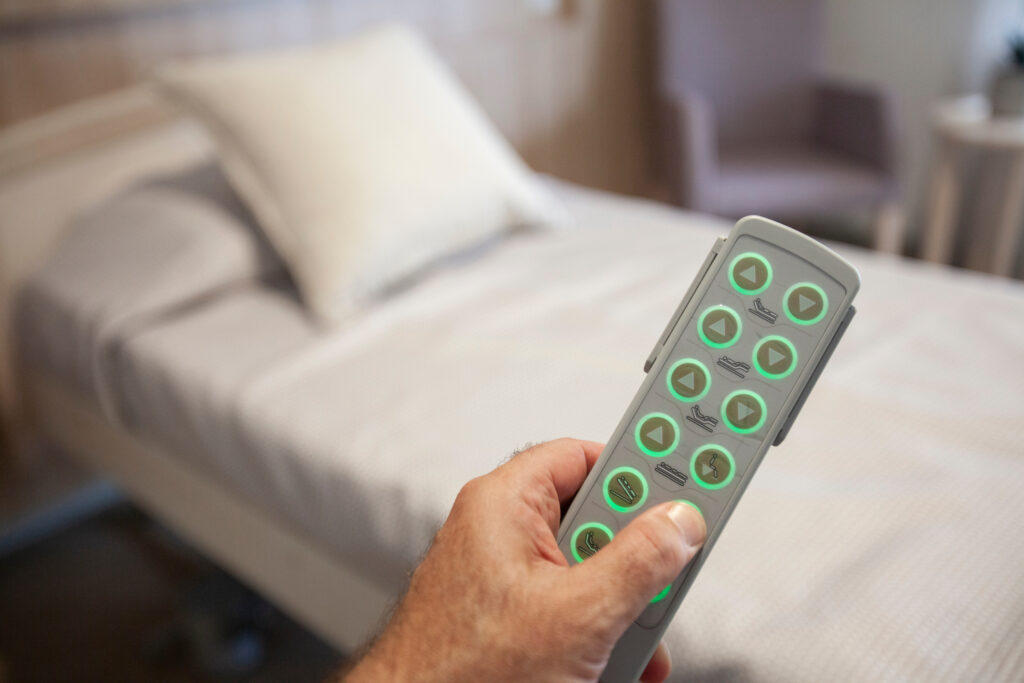
The bed itself should be between 17″ and 23” above the floor, and shouldn’t have any borders, as this can make it harder to align a wheelchair right next to the mattress. Portable lifts or handrails can help a wheelchair user get into and out of bed, as can installing an electric bed which can be adjusted by height.
A nightstand near the head of the bed with a touch lamp or conveniently placed light switch will also make it easier for a wheelchair user to switch the lights off when they are in bed. You may also want to consider installing a panic button or another type of contact system, in case of an emergency.
Flooring
When it comes to flooring, there are a few components that you’ll want to consider. The most important is that the floor is easy to manoeuvre in a wheelchair. Easy to maintain and slip resistant materials are best, as is flooring that doesn’t wear down easily.
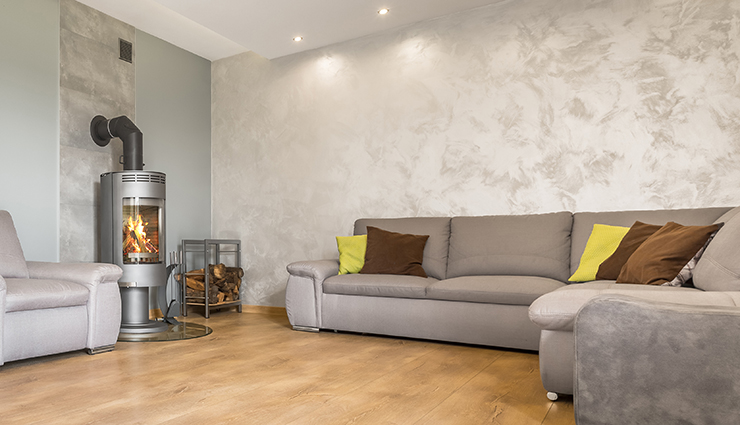
The best options are:
- Laminate flooring
- Hardwood flooring
- Vinyl flooring
- Ceramic tiles
These accommodate for a range of budgets, as well as styles and tastes. They’re also durable materials that don’t scratch easily.
Carpets can be hard to navigate, and are often a bad choice for a wheelchair user, depending on the thickness of your carpet’s padding. We recommend you remove rugs, as they can act as obstacles.
Lighting and electrics
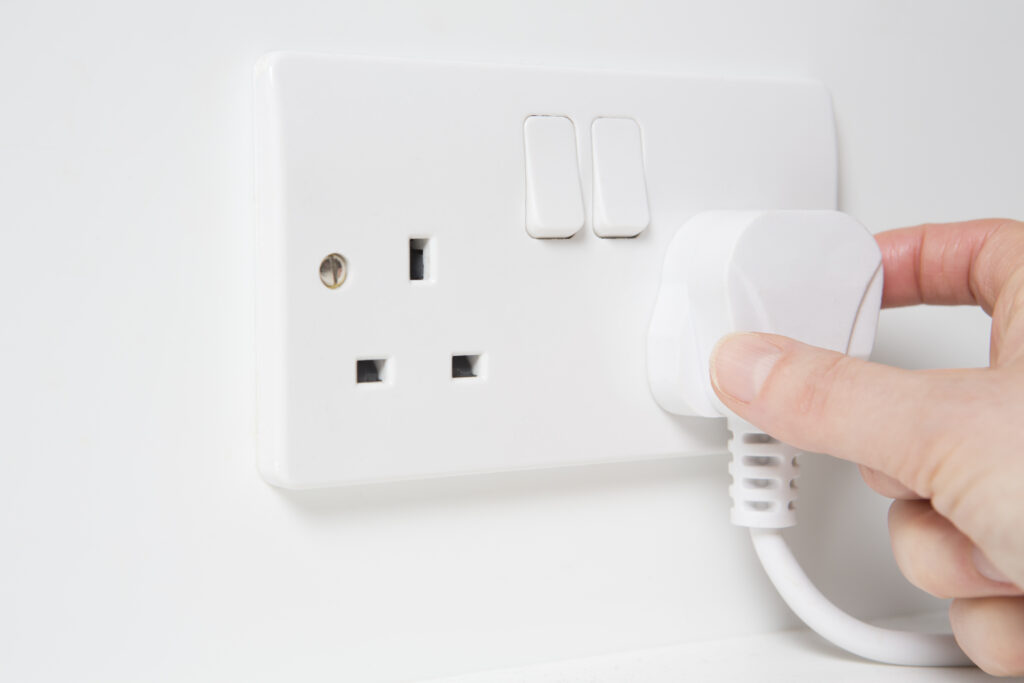
Think about how accessible your electrical outlets are. Traditional light switches are often too high up for a wheelchair user to be able to reach them. Equally, plug sockets are often too low to be reached safely from a wheelchair.
To keep them in reach, why not hire an electrician to lower your light switches and raise your plug sockets for you?
Kitchen
The kitchen also needs to be spacious enough to allow a wheelchair user to comfortably navigate and turn around. To achieve this, a circulation space of 59” is recommended.
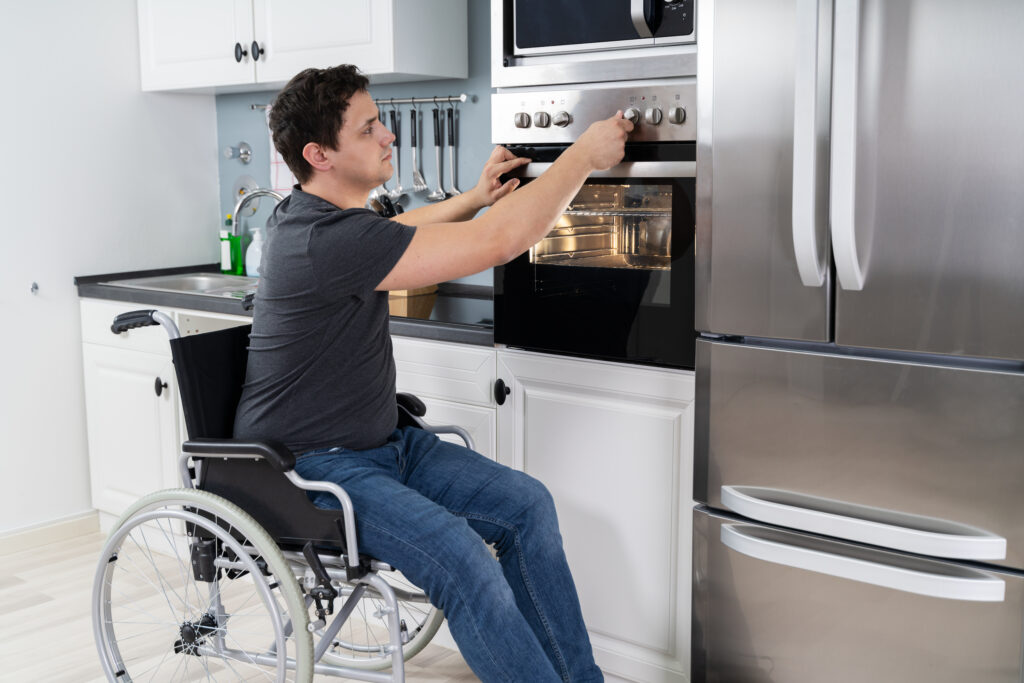
You might want to think about lowering your work surfaces so that they can be used from a seated position. Placing appliances lower, and buying models that open from the side, will help keep everything in reach. Adjusting the height of countertops is the biggest job you can do to your kitchen to make it accessible. You could also look into adjustable countertops, which can be lowered or raised according to the needs of the user, or simply lower only a section of the kitchen surfaces, so that your kitchen can be used by all.
You should make sure there is space underneath your lowered sink, so that a wheelchair user can roll underneath the sink and get close enough to use it comfortably. The same applies to all the sinks in your house.
Lastly, storage should also be installed right above the ground. Wider, compact models and pull out drawers are preferable. To maximise space, consider shelving lifts that can be lowered and raised when needed. A skilled tradesperson can build accessible shelving for you.
